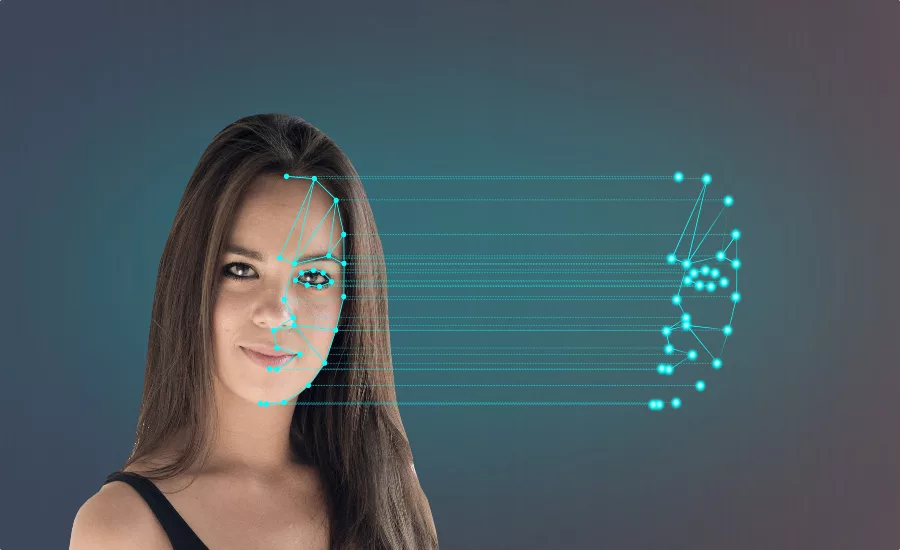NYPD to Use Facial Recognition

The NYPD says it plans to use emerging facial recognition technology in limited circumstances for “legitimate law enforcement purposes.”
NYPD Commissioner Dermot Shea outlined what he called six limited circumstances where the digital programs would be used to help develop leads to solve crimes.
- To identify an individual when there is a basis to believe that such individual has committed, is committing, or is about to commit a crime,
- To identify an individual when there is a basis to believe that such individual is a missing person, crime victim, or witness to criminal activity,
- To identify a deceased person,
- To identify a person who is incapacitated or otherwise unable to identify themselves,
- To identify an individual who is under arrest and does not possess valid identification, is not forthcoming with valid identification, or who appears to be using someone else's identification, or a false identification, or
- To mitigate an imminent threat to health or public safety (e.g. to thwart an active terrorism scheme or plot, etc).
"It is our responsibility to ensure investigators are equipped with effective technologies to bring justice to New Yorkers who have been victimized," said Police Commissioner Shea. "When a crime occurs and there is video or images of a perpetrator committing a crime-and that perpetrator is unidentifiable-trained investigators take that image and compare it against lawfully obtained arrest photos. A facial recognition match is merely a lead; it is not probable cause. This new policy clearly defines the permissible use of facial recognition technology and it strikes the right balance between public safety and privacy."
Looking for a reprint of this article?
From high-res PDFs to custom plaques, order your copy today!


